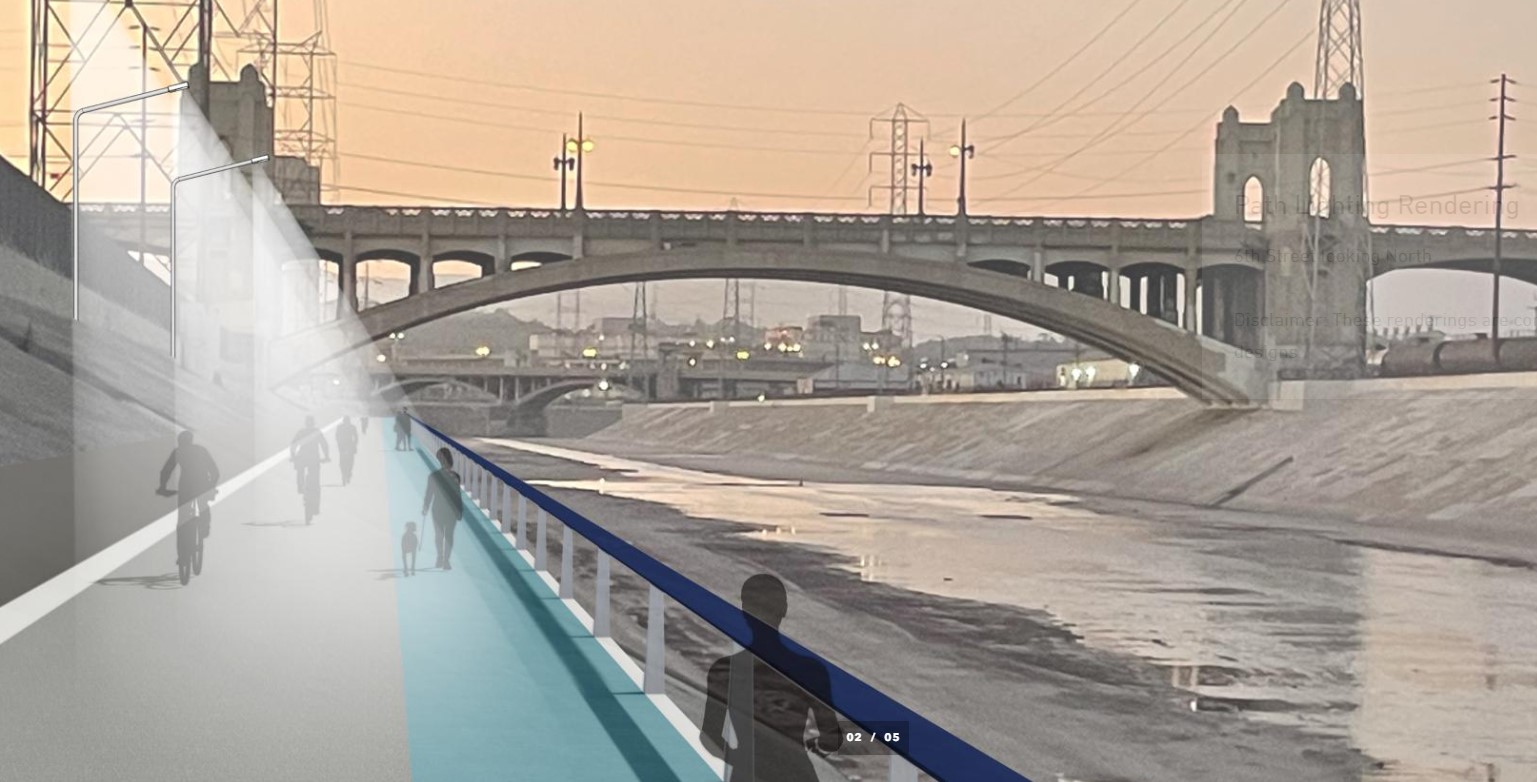Today, both President Obama and Republican House Ways and Means Chair Dave Camp unveiled plans to pay for transportation with corporate tax reform. Few details have emerged about exactly how Camp plans to do this, but Politico has heard from Capitol Hill staffers that it would push $100 billion to $125 billion to transportation over an unspecified time frame.
While the revenue stream is still a mystery and appears to be extremely gimmicky, Obama's spending plan looks good. It would raise the federal investment in transit by 70 percent annually, and also beef up intercity rail and the TIGER program. The Obama plan also calls for an increase in funding for state DOTs, but an outline released by the White House said "fix-it first" protections would be attached to make sure that this goes primarily toward road maintenance, not highway expansion.
The main talking point of Camp's plan, meanwhile, is that it cuts the top corporate tax rate from 36 percent to 25 percent. The details of how that is going to shake down into a windfall for transportation are still hazy.
While it would seem to be a good sign that both the Democratic president and Republican Ways and Means chair agree on a mechanism to fund a long-term transportation bill, it's far from a done deal. Sen. Max Baucus, who was gung-ho about tax reform, has left the Finance Committee and the Senate to become ambassador to China. His replacement, Sen. Ron Wyden of Oregon, is very progressive on transportation but not so keen on tackling tax reform just yet. Insiders say that even House Republicans may be hesitant to embrace Camp's tax reform plan when it has so little chance of going anywhere in the Senate.
Meanwhile, Obama just announced his plan at an event at St. Paul's Union Depot, where DOT Secretary Anthony Foxx also announced the sixth round of TIGER funding, for $600 million.
Obama's proposal is progressive and thoughtful -- as are all of the transportation proposals he's put forward in the past five years, all of which have gone nowhere. This plan tacitly acknowledges some of those failures: It renamed the High-Speed and Intercity Passenger Rail Program (which has been belittled for not being high-speed enough) "high performance and passenger rail programs." Instead of more ambitious Obama priorities such as a National Infrastructure Bank, it leaves funding for the TIFIA loan program at $1 billion a year, where Congress set it in MAP-21.
The president says corporate tax reform would yield $150 billion for a one-time infusion into the Highway Trust Fund -- twice what's needed to ward off insolvency -- to help fund his four-year, $302 billion plan. Though the size of the infusion is good news, it gives advocates pause. It's still a one-time fix and not a real solution to the mismatch between transportation revenues and transportation needs. It totally severs the relationship between the revenue source for transportation investment and what the revenue is spent on.
And it's all because practically no one on Capitol Hill is willing to call for anything that could possibly sound like a tax increase, even as the economy rebounds.
Still, there's a lot to like. While road funding (which can actually be spent on any type of surface transportation) would grow 22 percent under Obama's proposal, transit funding would grow 70 percent. Fix-it-first and climate-resilient projects would be prioritized. The budget includes $19 billion for rail (including $5 billion for the "high performance" inter-city rail programs). And though it's not spelled out in the White House fact sheet, Obama is setting the stage for a unified Transportation Trust Fund, which would include funding for rail along with highways and transit.
Bus rapid transit gets $2.2 billion of its own. Freight gets $10 billion -- and Obama's plan emphasizes that it's for multimodal freight programs.
TIGER funding would double to $5 billion over four years, and a new $4 billion competitive grant program aimed at stoking innovative local policies would be born. Obama says his plan would "strengthen local decision making in allocating Federal funding so that local communities can better realize their vision for improved mobility." When power is put in the hands of cities and towns instead of states, that's a recipe for multi-modal investment in transit, biking and walking.
Biking and walking, as it were, are not specifically discussed in the president's plan.
Sen. Barbara Boxer, chair of the Environment and Public Works Committee that largely writes the Senate transportation bill, says she expects this next bill to be mostly about funding while keeping MAP-21's policy reforms more or less intact. But Obama's vision is broader than that and looks to be a big improvement over the disappointing MAP-21.
The four-year time frame will satisfy -- though not thrill -- those who have grown frustrated with extensions and short-term bills that don't give states and cities the certainty they need to make big investments. Most people have been hoping for a five- or six-year bill this time around.
The prospects for Dave Camp's tax reform and President Obama's corporate tax idea will become clearer over the next few days. For now, the similarity between the two proposals is keeping partisans on either side from attacking the other's plan. But that doesn't mean they'll go forward. Stay tuned.






